A380 Alloy Chemical Composition
LK Die Casting Machine / 2024-07-17 15:23:03
A380 alloy is an aluminum alloy commonly used in die casting process. It is favored for its excellent mechanical properties, good castability, and wide range of
applications.
This article will introduce the chemical composition, physical and mechanical properties, production process, application fields, and future development trends of
A380 alloy in detail.
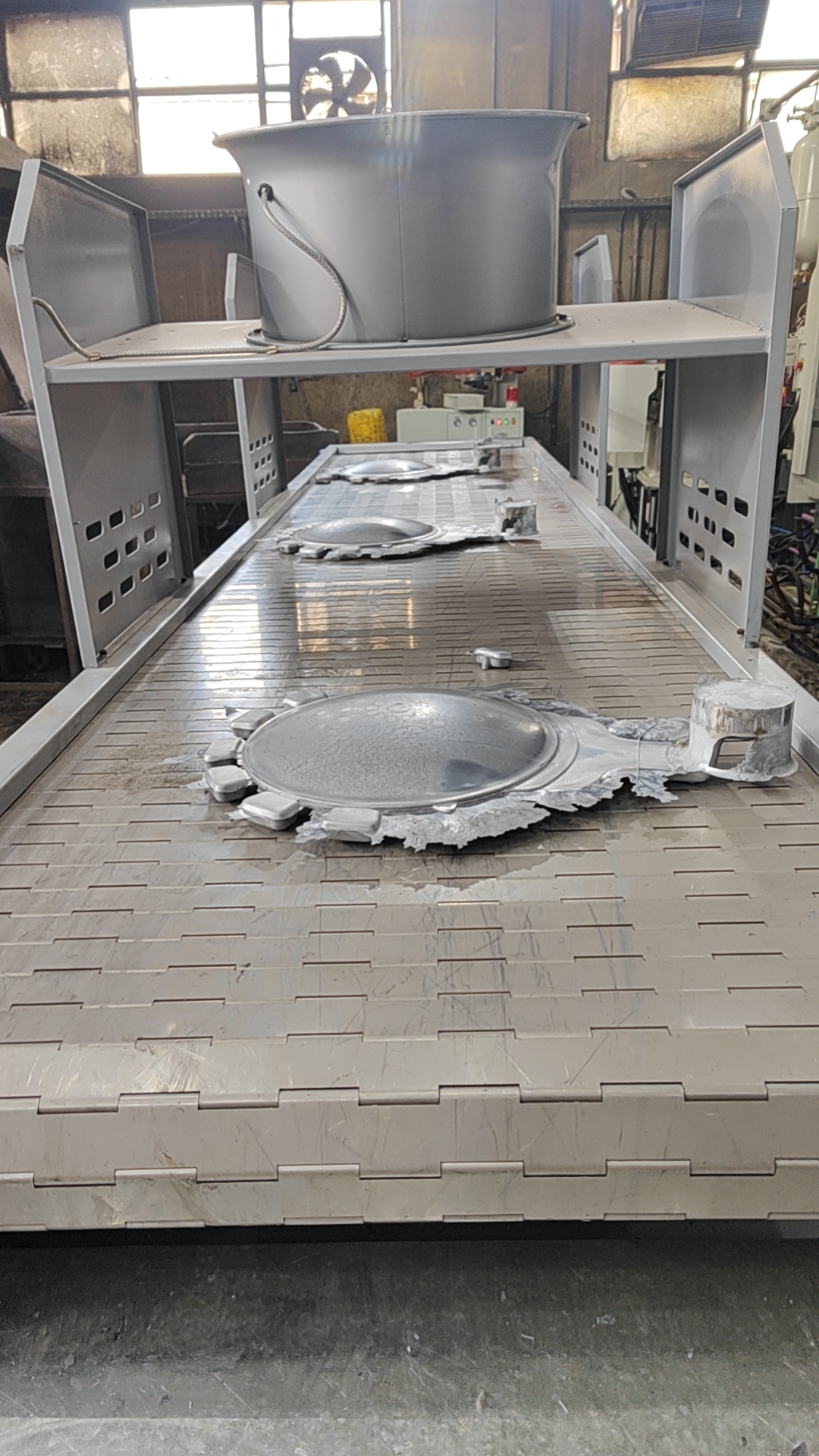
1. Definition of A380 alloy
A380 alloy is one of the aluminum-silicon-copper alloys with good casting and mechanical properties.
It is suitable for manufacturing parts with complex shapes and high precision requirements. Precise control of its chemical composition is the key to ensuring the
performance of the alloy.
2. Chemical composition of A380 alloy
The chemical composition of A380 alloy mainly includes aluminum, silicon, copper, magnesium, zinc, iron, manganese, nickel, titanium and other elements. The
following is a typical chemical composition of A380 alloy:
Aluminum (Al): Balance (Main component)
Silicon (Si): 7.5-9.5%
Copper (Cu): 3.0-4.0%
Magnesium (Mg): 0.1-0.3%
Zinc (Zn): 2.0-3.0%
Iron (Fe): Maximum 1.3%
Manganese (Mn): Maximum 0.5%
Nickel (Ni): Maximum 0.5%
Titanium (Ti): Maximum 0.2%
Other impurities (each): Maximum 0.5%
Total impurities: Maximum 0.15%
The combination of these elements gives A380 alloy unique mechanical properties and physical characteristics.
3. Physical and mechanical properties of A380 alloy
The physical and mechanical properties of A380 alloy are directly affected by its chemical composition. The following are the main physical and mechanical
properties of A380 alloy:
Density: 2.71 g/cm³
Melting point: 566-632℃
Linear expansion coefficient: 21.8 μm/m-°C (20-100°C)
Thermal conductivity: 96 W/m-K
Electrical conductivity: 36% IACS
Tensile strength: 310 MPa
Yield strength: 165 MPa
Elongation: 3.5%
Hardness: 80 HB
These properties make A380 alloy excellent in high strength, corrosion resistance, and thermal conductivity, suitable for a variety of application scenarios.
4. Production process of A380 alloy
The production process of A380 alloy mainly includes smelting, casting, heat treatment, and post-treatment. The following is a detailed introduction to each step:
Smelting: Add the raw materials of A380 alloy into the furnace in proportion and melt at high temperature. In order to ensure the purity of the molten alloy,
degassing and impurity removal are required.
Casting: The molten A380 alloy is injected into the mold through a die-casting machine and formed under high pressure.
This process requires precise control of the injection speed and pressure to ensure the density and surface quality of the casting.
Heat treatment: The casting is heat treated to improve its mechanical properties and structural stability. Common heat treatment methods include aging treatment
and annealing.
Post-treatment: The casting is trimmed, deburred, surface treated and other processes are performed to improve the appearance and performance of the casting.
Common surface treatment methods include spraying, electroplating, and anodizing.
V. Application fields of A380 alloy
Due to its excellent performance, A380 alloy is widely used in many industrial fields. The following are the main application fields of A380 alloy:
Automotive industry: A380 alloy is widely used in the manufacture of engine blocks, gearbox housings, wheels, suspension systems, and other parts.
It has the advantages of lightweight and high strength, which improves the fuel efficiency and safety performance of vehicles.
Electronic products: A380 alloy is used to manufacture the housings and radiators of electronic products such as mobile phones and laptops, and has good thermal
conductivity and structural strength.
Home appliance industry: A380 alloy is used to manufacture the shell and internal bracket of home appliances, with excellent corrosion resistance and aesthetics.
Aerospace: A380 alloy is used to manufacture structural parts and accessories on aircraft, such as seat frames, instrument housings, etc., with the advantages of
lightweight and high strength.
Industrial machinery: A380 alloy is used to manufacture various mechanical parts, such as gears, valves, pump bodies, etc., with high strength and wear resistance.
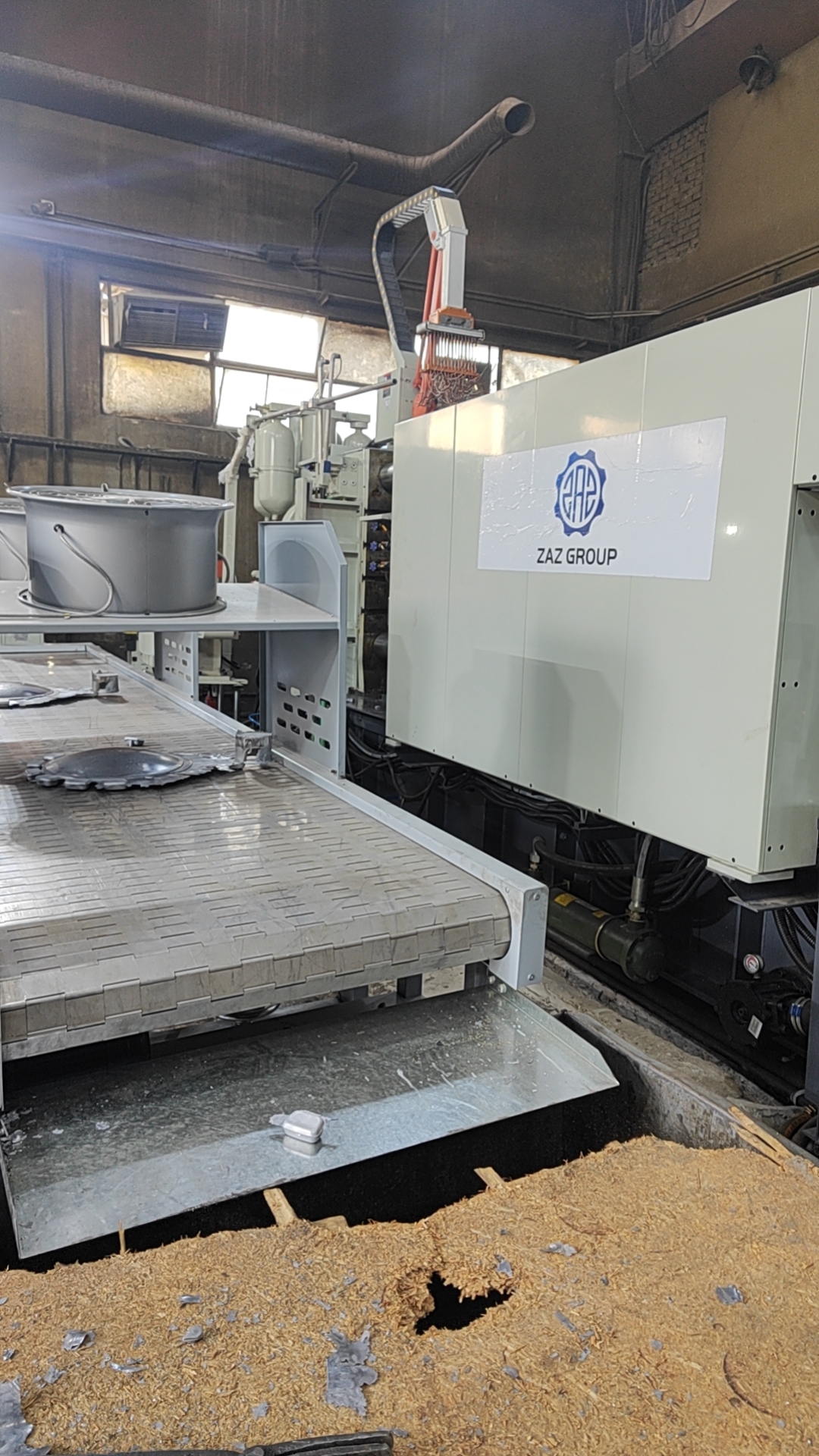
VI. Advantages and disadvantages of A380 alloy
The wide application of A380 alloy is attributed to its many advantages, but there are also some disadvantages. The following are the main advantages and
disadvantages of A380 alloy:
Advantages:
High strength and lightweight: A380 alloy has high strength and hardness, and low density, which is suitable for the design of lightweight structures.
Excellent casting performance: A380 alloy has good fluidity and filling properties, which is suitable for casting with complex shapes and high precision
requirements.
Good corrosion resistance: A380 alloy has excellent corrosion resistance in the atmosphere and water, and is suitable for outdoor and humid environments.
Good thermal conductivity and electrical conductivity: A380 alloy has high thermal conductivity and electrical conductivity, and is suitable for the manufacture of
heat dissipation and conductive parts.
Disadvantages:
Porosity and shrinkage problems: A380 alloy is prone to pores and shrinkage during high-pressure casting, which affects the quality and mechanical properties of
castings.
Thermal crack tendency: Due to the large thermal expansion coefficient of A380 alloy, thermal cracks are prone to occur during the cooling process, and strict
process control is required.
High mold cost: The manufacturing cost of A380 alloy die-casting molds is high, which is suitable for large-scale production, and the cost of small-scale
production is high.
VII. Future development trend of A380 alloy
With the continuous advancement of science and technology and the continuous growth of industrial demand, the application prospects of A380 alloy are very broad.
The following are the future development trends of A380 alloy:
New material development: Research and develop new aluminum alloy materials, improve the mechanical properties and corrosion resistance of the alloy, and meet
higher requirements for application scenarios.
Intelligent production: Introduce intelligent manufacturing technology, improve production efficiency and product quality, and reduce production costs through
automated equipment and information management systems.
Environmental protection and energy saving: Promote green casting technology, reduce energy consumption and environmental pollution, and achieve sustainable
development.
Surface treatment technology: Research and apply new surface treatment technology to improve the surface quality and functional performance of castings to meet
higher market demand.
Lightweight design: With the increasing demand for lightweight in industries such as automobiles and aerospace, the application of A380 alloy in lightweight
structural design will be more extensive.
8. Quality control of A380 alloy
In the production process of A380 alloy, in order to ensure product quality, each link needs to be strictly controlled:
Raw material quality control: Select high-quality raw materials to ensure the precise ratio of alloy components and avoid the mixing of impurities.
Melting process control: Strictly control the melting temperature and time, perform degassing and impurity removal treatment, and ensure the purity of the molten
alloy.
Injection process control: Reasonably design injection parameters, control injection speed and pressure, and avoid the generation of pores and shrinkage holes.
Cooling and solidification control: Optimize the design of the cooling system to ensure uniform cooling and solidification of castings to avoid thermal cracks and
deformation.
Inspection and finishing: Comprehensive inspection of castings, including dimensional measurement, appearance inspection, mechanical property testing, etc., timely
detection and finishing of defects to ensure product quality.
Surface treatment: According to the use requirements of the product, corresponding surface treatment is carried out, such as spraying, electroplating, anodizing,
etc., to improve the corrosion resistance and aesthetics of the castings.
For more info, you can refer to: https://www.youtube.com/shorts/JLX410QV_kw
Contact LK Egypt to learn more info about the die-casting machine
LKAGENT OFFICE DCM
Address: Industry Zone, South of Port Said Kebly, Egypt
https://www.zazdiecasting.com/
Phone/WhatsApp/Wechat: +86 13598704163
Mobile: +20 101 304 3317 +20 150 181 8310
Email: jack@zazmae.com ahmedmahmoud@zazmae.com
#die cast tooling
#trivalent chromate
#rapid prototype casting
#a360 aluminum
#aluminum caster
#aluminum prototype
#ideal 55 slider parts
#density of aluminum kg/mm3
#magnesium sheet metal
#parts of a metal gate
#subcontracting of screw machining for the luxury sector
#wall aluminum
#die casting tooling
#tooling for die casting
#density of aluminium in kg mm3
#clear chromate
#es casting metals
#gating material
#prototype aluminum
#sigma castings
#subcontracting of screw-machining for household appliances
#we squeeze to please machine
#aluminium gravity die casting
#aluminum part
#aluminum rapid prototyping
#nickel casting
#plunger tip for die casting machine
#rapid prototyping aluminium
OTHER CONTENT
-
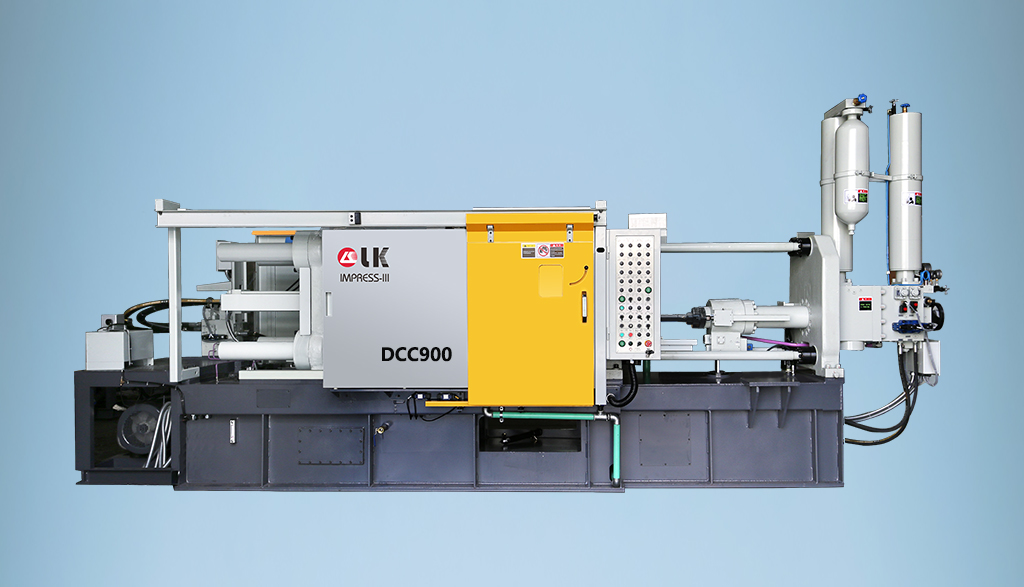
2024-09-19 14:16:15 LK Cold Chamber Die Casting Machine DCC900 Locking Force: 9000KN Die Height: 400-1000mm Space Between Tie Bars: 930x930mm Shot Weight: 13.5Kg Casting Area Max:2250c㎡
More -
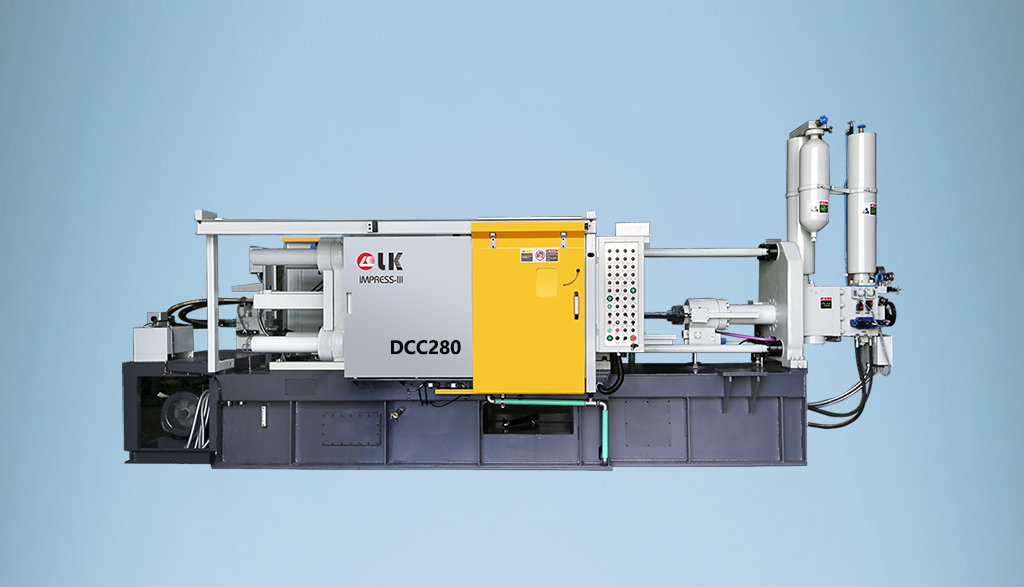
2024-09-19 14:11:06 LK Cold Chamber Die Casting Machine DCC280 Locking Force: 2800KN Die Height: 250-650mm Space Between Tie Bars: 560x560mm Shot Weight: 2.9Kg Casting Area Max:700c㎡
More -
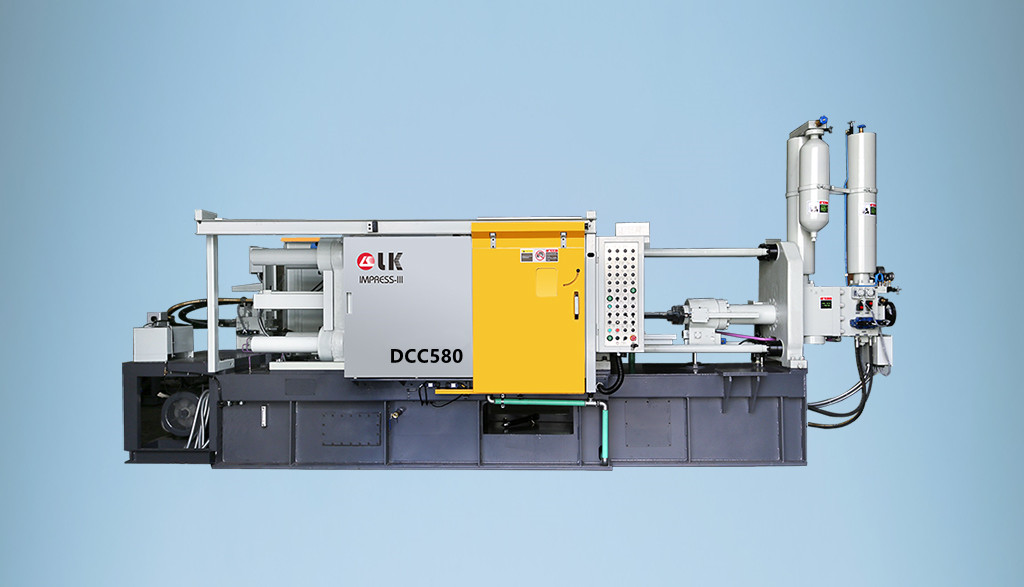
2024-09-19 10:23:07 LK Cold Chamber Die Casting Machine DCC580 Locking Force: 5000KN Die Heigh: 350-850mm Space Between Tie Bars: 760x760mm Shot Weight: 6.9Kg Casting Area Max:1250c㎡
More -
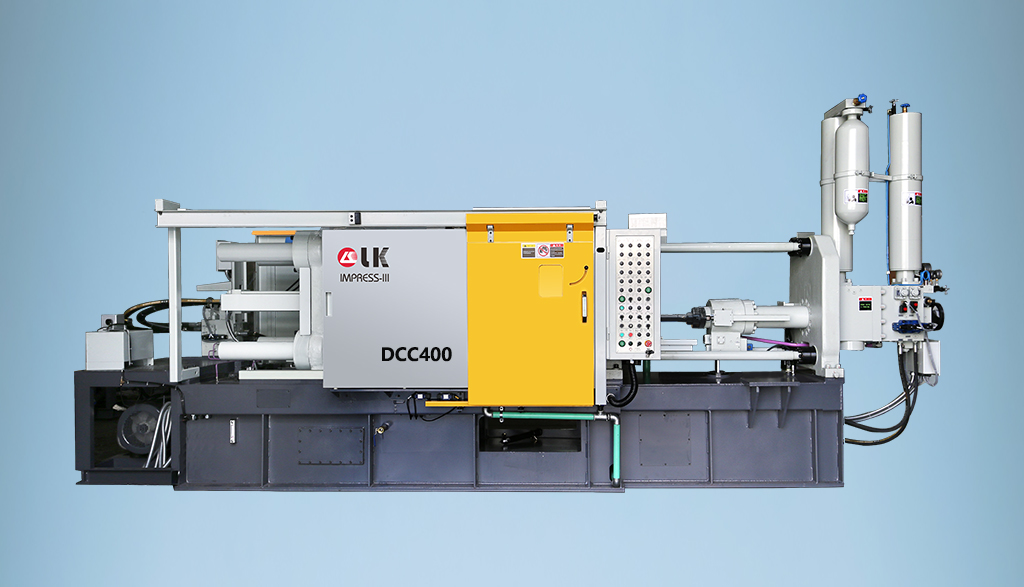
2024-09-19 10:11:20 LK Cold Chamber Die Casting Machine DCC400 Locking Force: 4000KN Die Height: 300-700mm Space Between Tie Bars: 669x669mm Shot Weight: 4.7Kg Casting Area Max:1000c㎡
More

